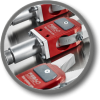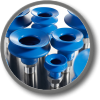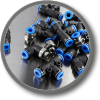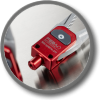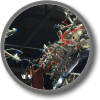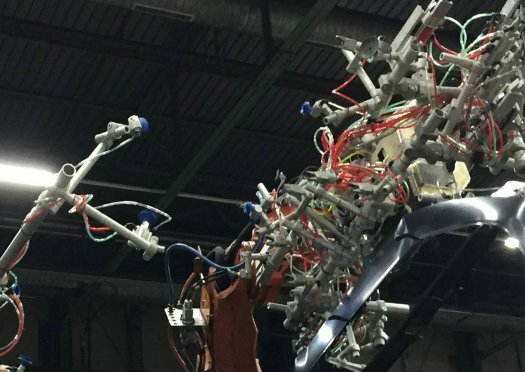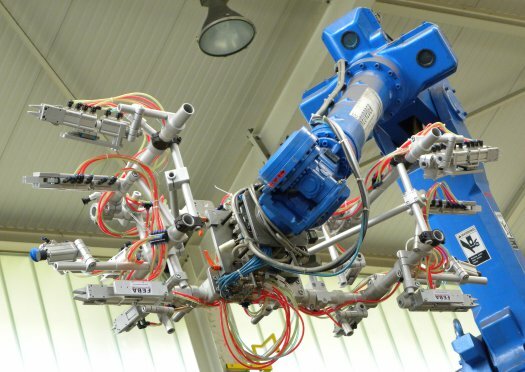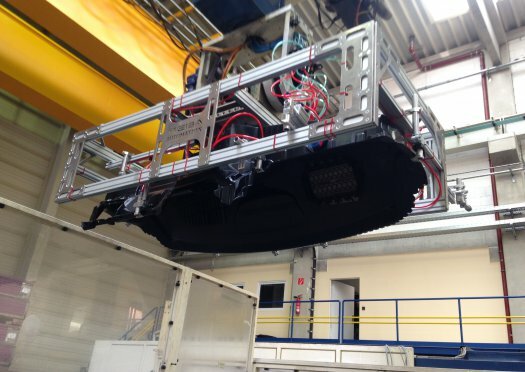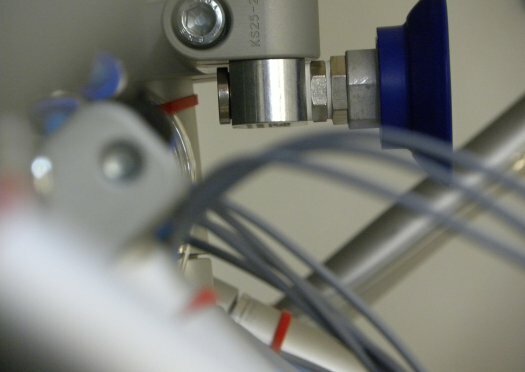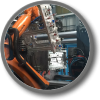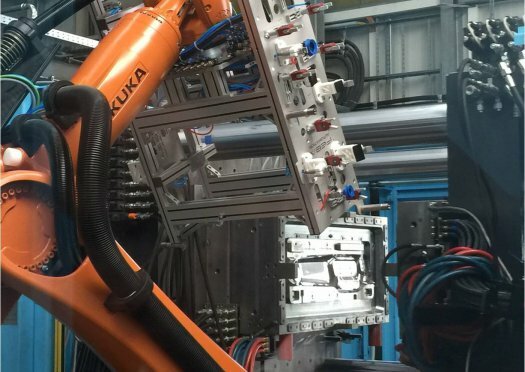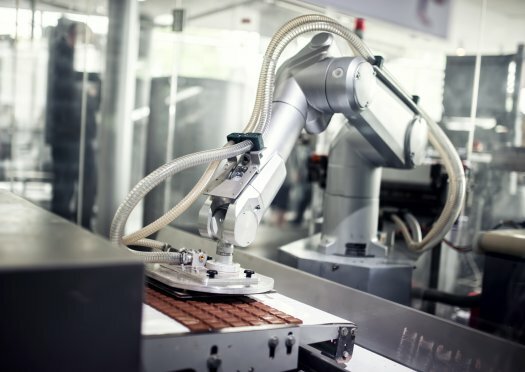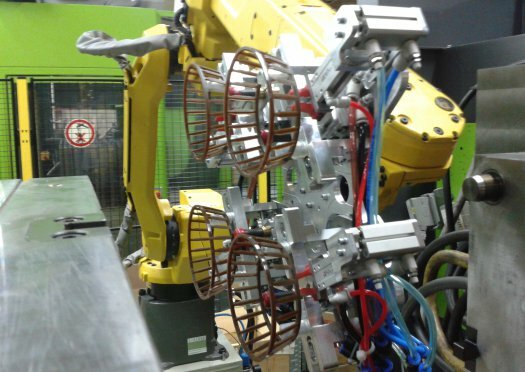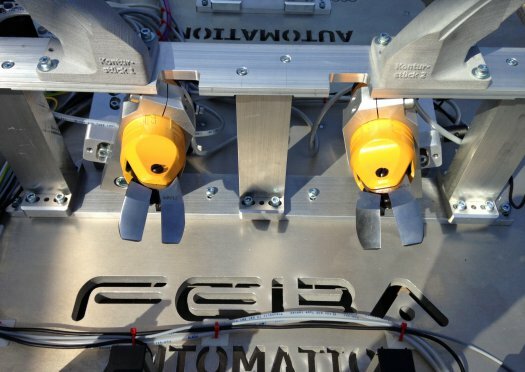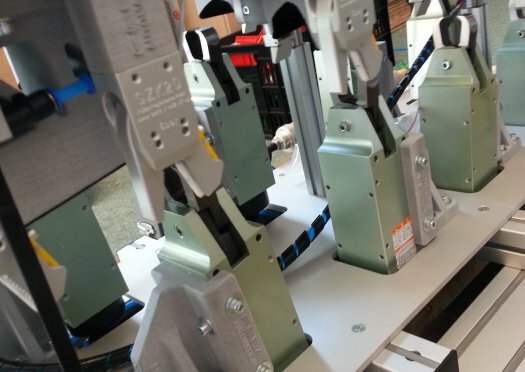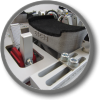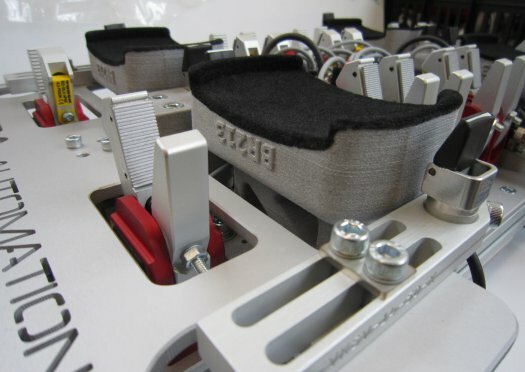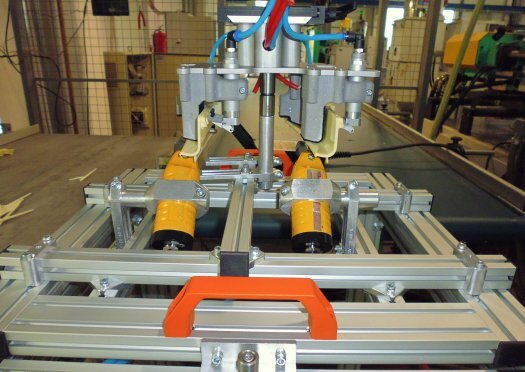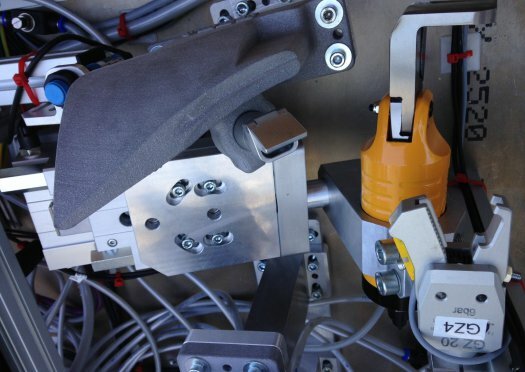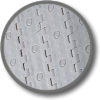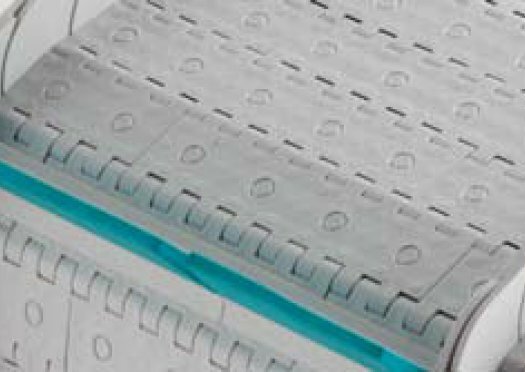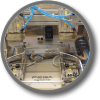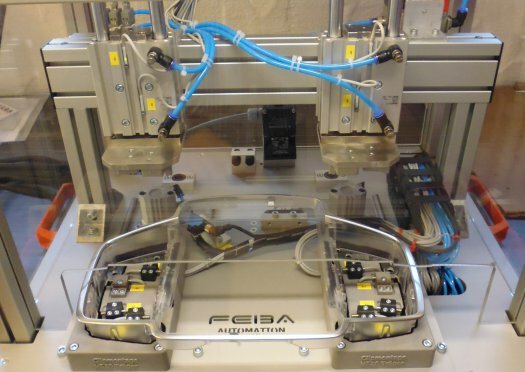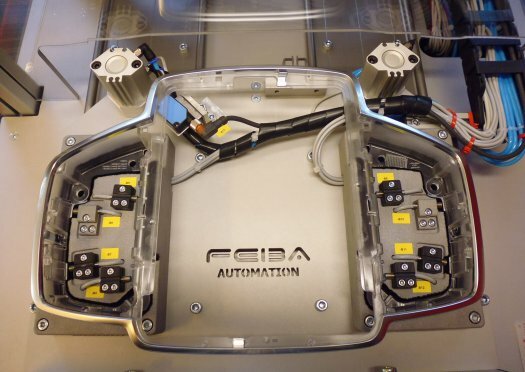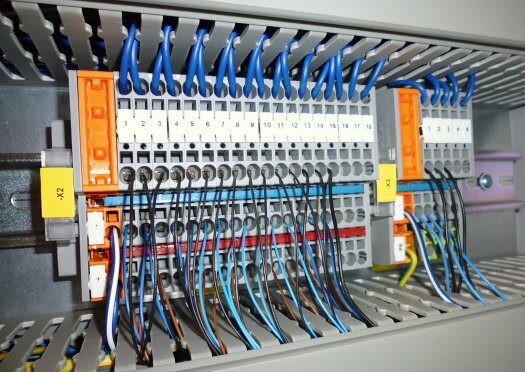The Real Limits of RAG: When You Need Fine-Tuning Instead
When you rely on Retrieval-Augmented Generation (RAG) for your knowledge-intensive tasks, you’re tapping into its power to surface current, relevant data fast. But if your environment demands absolute precision or domain mastery—think healthcare or finance—RAG's strengths can quickly reveal their limits. You’ll face challenges around latency, bias, and reliability that even clever retrieval can’t solve. Sometimes, only fine-tuning puts you in control. But when exactly should you make that switch?
Understanding Retrieval-Augmented Generation and Fine-Tuning
As language models evolve, it's important to understand the distinct functionalities of Retrieval-Augmented Generation (RAG) and fine-tuning for optimizing their use in various applications.
RAG operates by incorporating external knowledge sources during inference, allowing the model to access real-time data, which can enhance the accuracy of information retrieval, especially for current topics. However, this reliance on external sources may lead to increased latency in response times.
On the other hand, fine-tuning involves adapting a pre-existing model to specialize in specific tasks by retraining it on a curated dataset that reflects deep domain knowledge. While this process can significantly improve performance for target applications, there's a risk of catastrophic forgetting, where the model loses some of its general knowledge and capabilities.
In scenarios where accurate, up-to-date information is critical, RAG might be the preferred approach. Conversely, if the focus is on achieving consistent performance in a particular area with specialized knowledge, fine-tuning can provide more reliable results, often with quicker response times.
Choosing the appropriate method depends on the specific requirements and constraints of the task at hand.
How RAG Works and Where It Excels
RAG (Retrieval-Augmented Generation) addresses the challenge of providing up-to-date information by linking language models to external knowledge sources during inference. This method allows large language models to access real-time information, thereby enhancing the accuracy and relevance of their responses.
RAG operates without incurring significant upfront costs for model retraining, as it simply improves the model's context through retrieval from established databases.
Furthermore, the integration of external data in validating answers helps to mitigate hallucinations—instances where models generate incorrect or fabricated information—and enhances overall accuracy.
However, the effectiveness of RAG is contingent upon the strength of the search infrastructure employed and the quality of the queries submitted, both of which significantly influence the relevance of the retrieved information and the overall performance of the system.
The Mechanisms Behind Fine-Tuning
Large language models possess a wide-ranging knowledge base, yet fine-tuning enhances their performance for specific domains by adjusting their internal parameters with curated datasets. This process involves modifying the weights of pre-trained models using domain-relevant data, which ensures that the model's outputs are better aligned with specialized tasks.
Fine-tuning techniques can include full fine-tuning of the entire model or the implementation of lightweight adapters, which aim to maintain a balance between model precision and operational efficiency.
A crucial aspect of fine-tuning is mitigating the risk of catastrophic forgetting, a phenomenon in which models may lose previously acquired general knowledge as they adapt to new information. Additionally, care must be taken to avoid disproportionately amplifying existing biases present in the pre-trained models, as this can negatively impact the fairness and reliability of the model’s responses.
Regular updates to the model are necessary to maintain its relevance in a constantly evolving landscape. Ultimately, achieving proficiency in domain-specific applications requires attention to the complexities involved in integrating targeted knowledge effectively.
Latency, Cost, and Scalability Trade-Offs
Retrieval-augmented generation (RAG) provides a flexible approach for integrating updated information into model outputs; however, it presents several challenges that can affect latency, cost, and scalability in practical applications.
Specifically, RAG can increase response times by 30-50%, which poses a significant concern for applications that require prompt responses.
From a cost perspective, RAG may lower initial training expenses when compared to fine-tuning, but its dependence on a regularly updated knowledge base can incur substantial computational costs over time.
Conversely, while fine-tuning demands more resources upfront during the initial model training phase, it may result in reduced operational costs for applications that function within stable knowledge domains.
As models continue to scale, it's crucial to carefully evaluate the balance between computational costs, scalability, and user experience.
Making informed decisions regarding these trade-offs can significantly impact the effectiveness and sustainability of deployed solutions.
Knowledge Retention and the Challenge of Hallucinations
RAG (Retrieval-Augmented Generation) presents several challenges related to knowledge retention and the occurrence of hallucinations. Unlike traditional models that embed knowledge directly into their parameters, RAG depends on an external retrieval mechanism for information. This reliance means that the accuracy of AI responses is contingent on the quality and relevance of the external content retrieved.
Instances of hallucinations—where the AI generates incorrect or misleading information—can occur if the model retrieves data that's irrelevant or outdated, particularly within the limitations of context windows.
In contrast, models that undergo fine-tuning involve specialized training that solidifies knowledge within the model itself, which can help mitigate hallucinations. Because RAG doesn't continue to adjust its internal weights based on new information or ongoing training, maintaining domain-specific accuracy and reliable knowledge retention becomes increasingly difficult.
This inherent limitation underscores the need for careful consideration of the external data sources utilized in RAG systems to ensure the quality and reliability of the generated outputs.
Decision Factors: When to Choose RAG or Fine-Tuning
When determining whether to implement Retrieval-Augmented Generation (RAG) or fine-tuning for your models, it's essential to evaluate your business objectives, the nature of your data environment, and the rate at which relevant knowledge may change.
RAG is typically advantageous when access to real-time information and contextually relevant external data is integral to your decision-making processes.
The choice between RAG and fine-tuning often hinges on considerations such as inference latency and overall organizational costs. While RAG may lead to lower initial costs, it can be associated with retrieval delays that may affect performance speed.
In contrast, fine-tuning is more appropriate for developing specialized models, particularly when static knowledge and expert integration are critical. Fine-tuned models can offer quicker response times and perform better in high-precision tasks.
However, it's important to note that fine-tuning generally involves a higher upfront investment compared to RAG.
It is crucial to carefully assess these factors to make an informed decision that aligns with your specific needs and objectives.
Real-World Industry Applications and Performance
Both retrieval-augmented generation (RAG) and fine-tuning contribute to advancements in various industries, but their effectiveness is influenced by specific industry requirements and limitations.
In the financial sector, fine-tuning is particularly effective for tasks such as fraud detection, where the accuracy and precision of predictions are critical. The inherent latency associated with RAG systems can impede timely responses in scenarios where immediate action may be necessary.
In healthcare, fine-tuning models is essential for accurately interpreting medical terminology. This specificity is crucial for diagnostic processes, an area where RAG may not consistently perform at the required accuracy levels.
Cybersecurity organizations often utilize RAG to access current threat intelligence, allowing them to remain informed about emerging risks. However, for detailed vulnerability assessments, fine-tuning is favored due to its ability to produce nuanced insights that RAG may struggle to deliver.
In agriculture, fine-tuning enables precise yield predictions, which are vital for effective resource management and planning. Meanwhile, customer service teams generally prefer fine-tuned AI solutions, as these can provide quick and accurate responses tailored to specific inquiries, enhancing overall user experience.
The Promise and Pitfalls of Hybrid Approaches
Combining retrieval-augmented generation (RAG) and fine-tuning through a hybrid approach presents a method to achieve a balance between adaptability and precision in machine learning systems. RAG's capability for real-time data access allows for a quick response in changing environments, while fine-tuning is beneficial for tasks that require a high level of accuracy and specificity.
One advantage of a hybrid approach is its potential to mitigate the issue of catastrophic forgetting, which is a common limitation observed in purely fine-tuned models. By incorporating RAG, the system can maintain updated information without losing the specialized knowledge gained during the fine-tuning process. This integration can enhance overall decision-making by combining the strengths of both methodologies.
However, there are considerations to take into account. Implementing a hybrid system can lead to increased computational requirements and necessitate a more complex infrastructure. The management of both retrieval and fine-tuned elements demands thorough planning to ensure efficient operation.
Despite these challenges, a well-executed hybrid strategy can provide advantages that single-method approaches may not offer, promoting both flexibility and targeted expertise in various applications.
Lessons Learned From Domain-Specific Case Studies
Retrieval-augmented generation (RAG) systems exhibit varying strengths and weaknesses across different industries, influenced by the specific requirements of each domain. In sectors characterized by static and knowledge-intensive tasks, such as agriculture, or those requiring precision in terminology and documentation, like the legal field, fine-tuning is essential. This process enhances accuracy by tailoring the systems to relevant domain-specific data.
In healthcare, RAG systems demonstrate effective integration of real-time patient data, which allows for responsive and timely information retrieval. However, even in this field, fine-tuning remains important, particularly for improving knowledge in specialized areas, such as diagnostics.
In finance and cybersecurity, fine-tuning plays a crucial role in addressing the complexities of specialized compliance requirements and identifying nuanced threats.
RAG systems, meanwhile, tend to be most beneficial in environments that are subject to rapid change, where the ability to adapt and provide up-to-date information is a significant advantage.
Guidance for Building Effective LLM Solutions
To build effective LLM solutions, it's essential to assess the specific requirements of your application, particularly in terms of the need for up-to-date information retrieval, specialized domain knowledge, or a combination of both.
Retrieval-Augmented Generation (RAG) is particularly effective in dynamic environments, as it provides the capability to generate responses based on real-time data. In contrast, when the task requires high precision and optimized behavior of the model, fine-tuning the model is preferable, particularly for static or historical datasets.
It is crucial to align your selected approach with the goals of the project. Fine-tuning can enhance performance for specialized cases, although it often requires significant resources.
Therefore, a hybrid strategy that combines the strengths of RAG with targeted fine-tuning may offer the most balanced solution, allowing for flexibility while maintaining accuracy across varied requirements. This approach ensures that the model can adapt to changing information while also performing well in specific, high-stakes contexts.
Conclusion
When you’re weighing RAG against fine-tuning, remember that each has its place. If your work demands real-time adaptability and broad coverage, RAG’s your go-to. But in high-stakes environments where mistakes aren’t an option, you’ll want the precision that fine-tuning delivers. The smartest LLM solutions often blend both, but don’t underestimate your industry’s unique needs. By understanding these limits, you’ll make smarter, safer choices—and unlock the full power of large language models.



